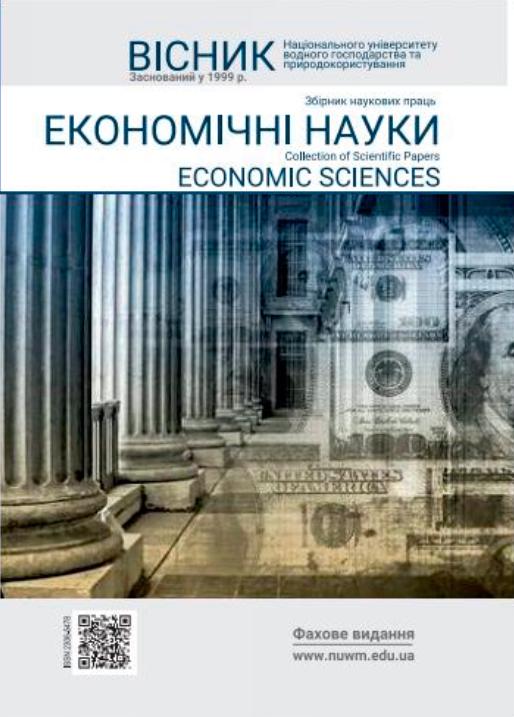МЕТОДИ ОЦІНКИ ЕФЕКТУ ВІД ВПРОВАДЖЕННЯ ІНФОРМАЦІЙНОГО МОДЕЛЮВАННЯ (BIM) В БУДІВНИЦТВІ
Ключові слова:
інформаційне моделювання, BIM, оцінка ефекту, ROI, будівельний проект.Анотація
В статті досліджено сучасні методи оцінки економічного ефекту від впровадження інформаційного моделювання (BIM) в будівництві, зокрема метод розрахунку показника окупності інвестицій ROI, який є найбільш часто уживаним. Зауважено, що для створенняреально працюючої моделі оцінки необхідно врахувати всі фактори, що мають значення і вплив на об’єкт аналізу.Посилання
S. Azhar, M. Hein, B. Sketo. Building Information Modeling (BIM): Benefits, Risks and Challenges, in: T. Sulbaran (Ed.), International Proceedings of the 44th Annual Conference, Auburn, Alabama, 2008.
B. Gilligan, J. Kunz, VDC Use in 2007: Significant Value, Dramatic Growth and Apparent Business Opportunity, CIFE Technical Report, Center for Integrated Facility Engineering (CIFE),
Stanford University, Stanford, CA, 2007.
B. Becerik-Gerber, S. Rice. The perceived value of building information modeling in the U.S. building industry, ITcon 15 (2010) 185–201.
Azhar S. 2011. Building Information Modeling (BIM): Trends, Benefits, Risks, and Challenges for the AEC Industry. Leadership and Management in Engineering, 11, 241–252.
B. K. Giel, R.R.A. Issa. Return on investment analysis of using building information modeling in construction, J. Comput. Civ. Eng. 27 (5) (2013) 511–521.
N. W. Young Jr., S. A. Jones, H. M. Bernstein. Building Information Modeling (BIM) – Transforming Design and Construction to Achieve Greater Industry Productivity, Smart Market Report, McGraw Hill Construction, Bedford, MA, 2008, 48. 7. S. Sen. The Impact of BIM/VDC on ROI – Developing a Financial Model for Saving and ROI Calculation of Construction Projects, Real Estate and Construction Management, Royal Institute of Technology, 2012.
N. W. Young Jr., S. A. Jones, H. M. Bernstein, J.E. Gudgel. The Business Value of BIM SmartMarket Report, McGraw Hill Construction, Bedford, MA, 2009, 52.
R. Sacks, R. Barak. Quantitative Assessment of the Impact of 3D Modelling of Building Structures on Engineering Productivity, Joint International Conference on Computing and Decision Making in Civil and Building Engineering, Montreal, Canada 2006, pp. 1186–1195.
R. Sacks, R. Barak, Impact of three-dimensional parametric modeling of buildings on productivity in structural engineering practice, Automation in Construction 17 (2008), 439–449.
P. Love, I. Simpson, A. Hill, C. Standing. From Justification To Evaluation: Building Information Modeling For Asset Owners, Automation in Construction 35 (2013), 208–216.
Stanford University Center for Integrated Facility Engineering. URL: https://web.stanford.edu/class/cee320/CEE320A/Fischer280912.pdf
K. Barlish, K. Sullivan. How To Measure The Benefits Of BIM — A Case Study Approach, Automation in Construction 24 (0) (2012), 149–159.
The Business Value of BIM in North America Multi-Year Trend Analysis and User Ratings (2007–2012). URL: http://bimforum.org/wpcontent/uploads/2012/12/MHC-Business-Value-of-BIM-in-North-America-2007-2012-SMR.pdf
Autodesk, BIM’s return on investment, in: Autodesk (Ed.), Revit Building Information Modelling, Autodesk, 2007, P. 5.
Azhar S., Khalfan M., Maqsood T. Building Information Modelling (BIM): now and beyond. Constr. Econ. Build. 2015. 12. P. 15–28.

